Category Archives: Education
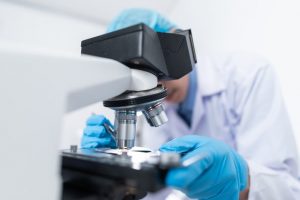
At Oakwood Labs, we offer a variety of in-house analytical capabilities that support feasibility, formulation development, technology transfer, and GMP clinical and commercial manufacturing. To learn more about our analytical method development process and validation, continue reading.
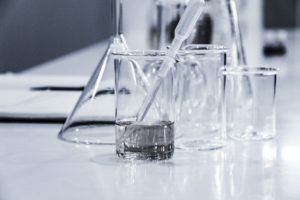
Microencapsulation is the process in which active substances are entrapped by extremely small capsules, which can contain a variety of substances such as solids, liquids, proteins, drugs, stem cells and more. The goal of cell microencapsulation has traditionally been drug delivery. The active molecules inside these capsules are protected until they reach their specific action site.
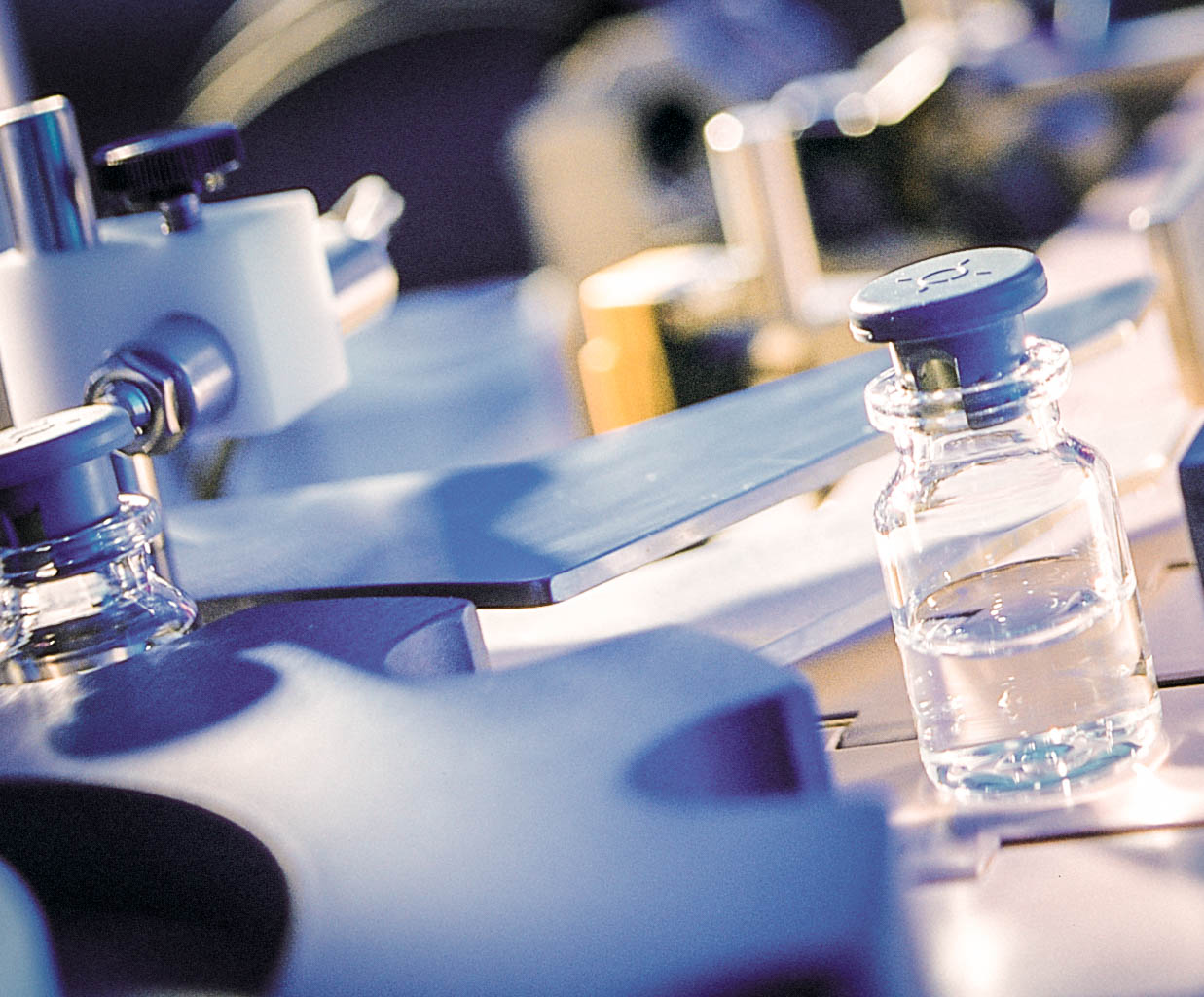
At Oakwood Labs, we are a leader in the manufacturing and development of sustained release pharmaceuticals, also known as depot injections. With over 20 years of expertise in depot drug development, our microsphere technology enables sustained release over durations of two weeks to one year.
Learn more about the depot drug manufacturing from Oakwood Labs.
Why Choose Depot Injections?
When it comes to depot injections, there are various advantages to receiving this form of medication. Some key reasons to consider depot drug development include:
- Reduced number of injections needed – Due to the sustained release component, inconvenient and frequent injections are not needed.
- Increase patient compliance – If you have difficulty remembering to take medication regularly or fail to receive injections, depot injections are a way to combat noncompliance.
- Prevention of drug abuse – Depot drug injections reduce the possibility of using an excessive amount of a drug.
- Targeting to specific areas – With this type of injection, higher drug concentration can be delivered to the targeted area.
Choose Our Depot Drug Manufacturing at Oakwood Labs
Oakwood labs has state-of-the-art technology to solve all of the challenges with developing and manufacturing pharmaceutical injectables. Our microsphere technology, Chroniject™, is a patented, polymer-based injectable that is compatible with small molecules, hormones, peptides, and proteins. With our advanced technology, we have the ability to demonstrate lot-to-lot reproducibility and scale-up successes.
Some of the characteristics of why our technology stands out, include:
- Fast development of formulations using small scale batches
- Formulations are scalable
- Controlled process parameters
- Lot-to-lot reproducibility
- Compatible with small molecules
- Flexible release duration
- Exceptional stability
- Applications in multiple therapeutic indications
We understand that developing a depot injection requires high-quality manufacturing. The Oakwood Labs team is dedicated to achieving milestones within deadlines, providing transparent communication, adapting to change, and offering expertise through the entirety of the process.
Our Process for Formulating Microparticles in Depot Injections
When clients come to us for microparticle depot drug manufacturing, we start by determining the optimal product profile. We begin by optimizing the following:
- Active pharmaceutical ingredient (API)
- Duration of release
- Particle size
- Vial size
- Needle size
- Appropriate solvent system
- Stable state levels
- Method of administration
- Drug load
After we optimize the product profile, we then begin to evaluate if the target product is compatible with our technology. The steps for this process include:
- Pre-formulation activities – The result of these determines how we develop for batch production.
- Manufacture and characterize feasibility formulations – The team will manufacture and characterize microsphere formulation pilot batches and vary formulation parameters if needed.
- Finalize feasibility report and choose lead formulations for animal testing – The last step includes finalizing a feasibility summary report, recommending lead formulations for animal studies, and supplying material for initiating animal study.
With our advanced capabilities, you can rely on Oakwood Labs for your depot drug manufacturing. Throughout the entire manufacturing process, we are highly transparent with our clients, and all of our projects are agreed to by our clients beforehand.
Contact Us Today for Depot Drug Development Today
For over 20 years, our advanced technology and manufacturing capabilities have supported all phases of depot drug manufacturing and have solved complex challenges in the depot injection industry.
Contact us today to learn more about the solutions that Oakwood Labs can provide.
Oakwood Labs has over twenty years of experience developing and manufacturing sustained release and targeted release injectable drugs. When it comes to our microsphere technology, we are a leading manufacturer for sustained release and controlled release pharmaceuticals.
Although these technologies are similar, there are some differences between controlled release and sustained release technologies. Learn more about controlled release vs. sustained release drugs below.
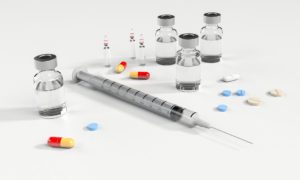
What Is Sustained Release Technology?
Sustained release technology is characterized by the slow releasing of a specific substance at a programmed rate to deliver the drug for a prolonged period of time. This type of technology is used for drugs that are metabolized too quickly and are eliminated from the body shortly after administration.
What Is Controlled Release Technology?
Controlled release technology is characterized by releasing drugs according to a predictable and rational programed rate to achieve the optimal serum-drug concentration. This dosage form enhances the safety, efficacy, reliability, and convenience of drug therapy.
Although this is a slow releasing system, unlike sustained release, this process is designed to produce predictable, constant concentrations of the drug. For this approach, the concentration of the active ingredient in the target tissue is controlled, not just the release of the drug.
Controlled Release vs. Sustained Release Technology
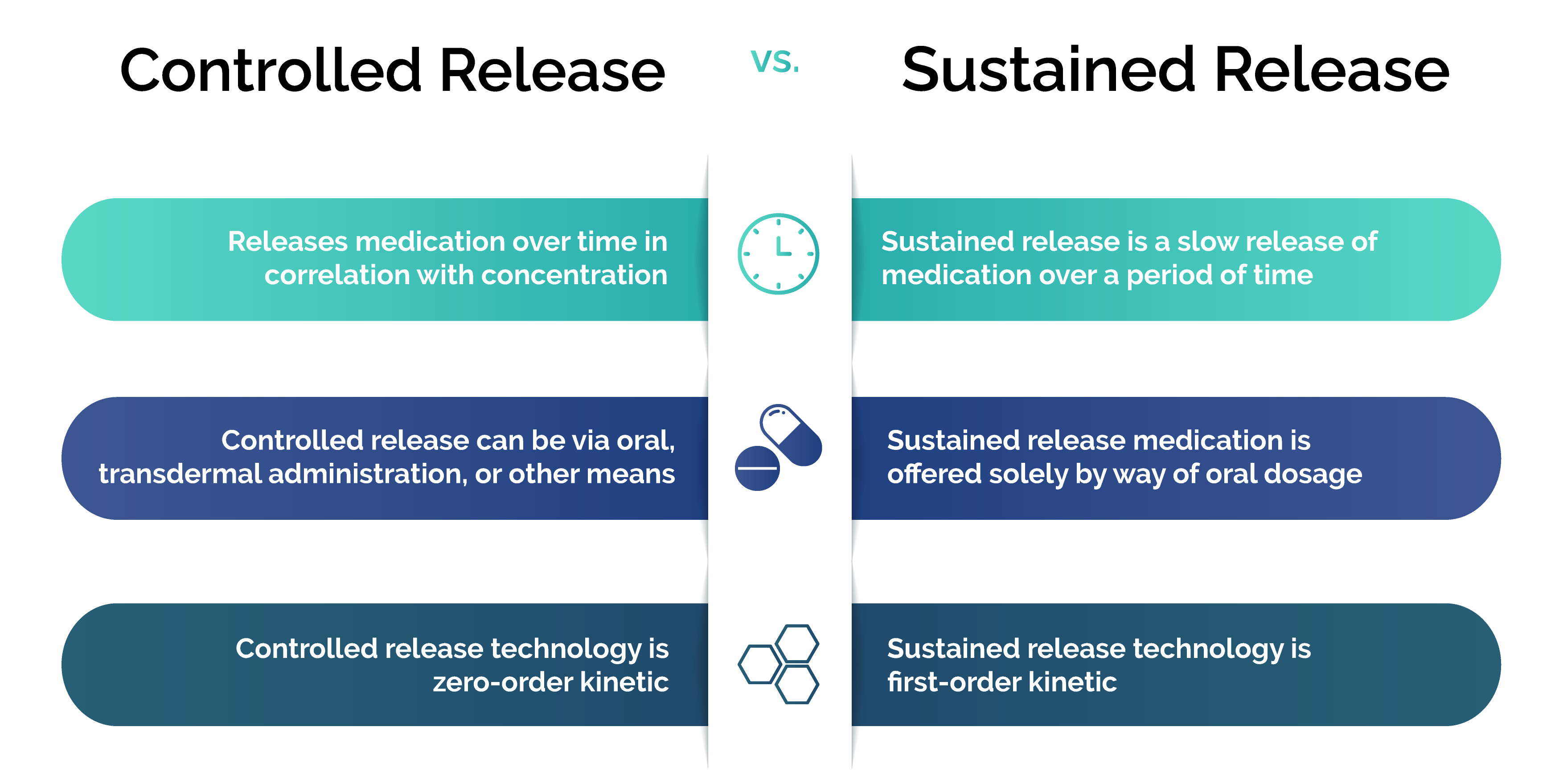
Even though controlled release technology and sustained release technology are very similar, there are some distinctions to note between the two.
The key differences between controlled release and sustained release include:
- Sustained release is a slow release of medication over a period of time, whereas control release releases medication over time in correlation with concentration.
- Sustained release medication is offered solely by way of oral dosage, while controlled release can be via oral, transdermal administration, or other means.
- Sustained release technology is first-order kinetic and controlled release technology is zero-order kinetic.
Advantages to Controlled Release and Sustained Release Technology
Controlled and sustained release can both be very beneficial. Some of these benefits include:
- The frequency of drug administration is reduced
- Patient compliance is improved, and drug administration is more convenient
- There is better control of drug absorption and the total amount of a drug administered can be reduced
- Side effects can be reduced
- There is a minimization of fluctuations in plasma level
Also, controlled release and sustained release technology can be very effective as dosage forms. Oakwood Labs is a global leader in sustained release drug delivery and works to provide reliable and high-quality pharmaceuticals.
Choose Oakwood Labs for Your Controlled Release Technology
At Oakwood Labs, we have years of experience in developing and manufacturing sustained release drugs. Our microsphere technology can solve the most complex challenges and supports all phases of sustained release injectables.
We pride ourselves on our ability to achieve milestones within set deadlines, provide transparent communication, adapt to change, and offer our expertise throughout the entire process.
Looking for a Partner in Sustained Release Technology? Contact Oakwood Labs Today
Oakwood Labs is your source for the development of microsphere products and sustained release drugs. Contact us today to learn more about the solutions we can provide for your company. We look forward to hearing from you.

